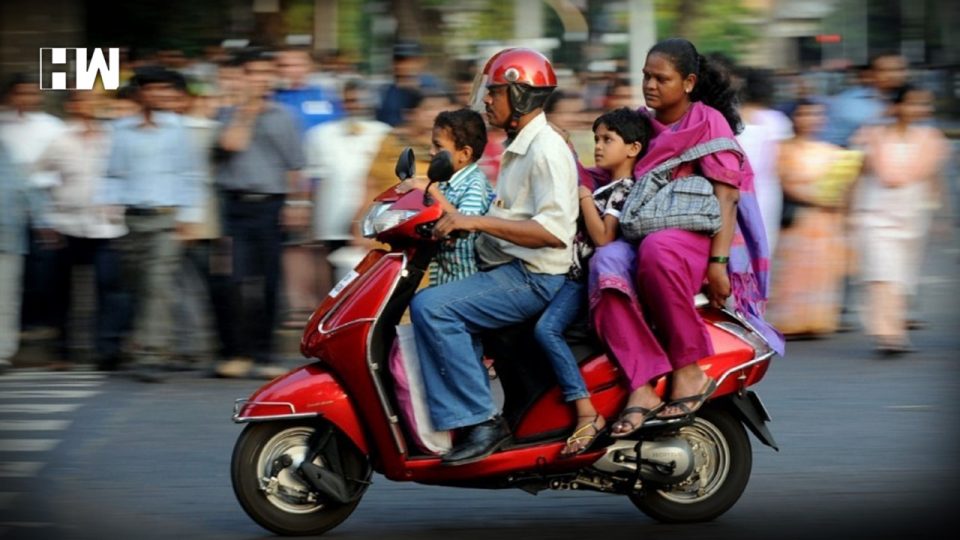According to a report by Pew Research Centre, during the 2020 pandemic 32 million people were pushed out of the middle class bracket in India.
Mumbai| Before the Covid-19 pandemic hit the globe, the Indian economy was already in a slowdown. Then entered the Big Indian Lockdown. A year later, we stare at a similar situation, perhaps even grave. Coronavirus cases are rising across the country and while the government tries to sell the hope of “All Is Well”, many are sceptical of the optimism.
During the last lockdown, the Indian population was introduced to the ideas of “Self-Reliance” and “Opportunity in Crisis”. It is about time we ask how much has the concept really helped uplift the Indian population. In fact, According to a report by Pew Research Centre, during the 2020 pandemic India’s middle class shrunk considerably. Fact-Tank report authored by Rakesh Kochhar says that as many as 32 million people were pushed out of the middle class bracket in India as a result of the economic blow of the Pandemic.

It is estimated that 32 million have been pushed in poverty due to the closure of businesses, job losses and declining incomes during Coronavirus pandemic. “This accounts for 60% of the global retreat in the number of people in the middle-income tier,” the report points out. Those in the middle class are described as having income between Rs 700-1500 per day.
Poor Projected To Double In India
On the other hand, the report says the number of poor in the country has doubled and accounts for nearly 60% of the global increase in poverty. The poor in India have increased by 75 million because of the COVID-19 recession. This is evident from a spike in participation in India’s rural employment program- MNREGA. The report notes that the number now participating is setting record highs in the program’s 14-year history.
The poverty rate in India likely rose to 9.7% in 2020, up sharply from the January 2020 forecast of 4.3%. Some 1.20 billion people in India were expected to be in the global low-income tier in 2020 prior to the pandemic, accounting for 30% of the world’s low-income population. However, this number is projected to have dropped to 1.16 billion as the COVID-19 downturn pushed more people into poverty.
China Forestalled Contraction
The report further points out while Indian economny plunged into recession, China was able to pre-empt the Economic fallout. At the beginning of 2020, World Bank projected same growth in real GDP of both the countries- India (5.8%) and China (5.9%) in 2020. A year into the pandemic, the World Bank has revised the growth estimate for India to -9.6% but for China to 2%.
According to the report, of the 504 million who were in the middle class ahead of the pandemic, about 10 million people fell out of the bracket. Likewise, the people in the low-income tier in China grew from 611 million to 641 million. During the pandemic, poor in China grew from 3 million to 4 million which is comparatively modest in number.
“The change in living standards in China is more modest than in India. The largest impact in China is the estimated addition of 30 million people to the low-income tier (incomes of $2.01-$10 a day). The number of people in the middle-income tier likely decreased by 10 million, and poverty was virtually unchanged,” the report says.
As an independent media platform, we do not take advertisements from governments and corporate houses. It is you, our readers, who have supported us on our journey to do honest and unbiased journalism. Please contribute, so that we can continue to do the same in future.

